Introduction
Agility at scale is a hot topic for companies looking to become more flexible. About half of them plan to use agile frameworks to manage larger projects. What is it for? Because agility, which is about adapting quickly, is essential in the modern age.
Agile frameworks, like SAFe and LeSS, help coordinate many teams working on large projects. They offer a better overview, more transparency and quality.
A prominent example of adopting agility at scale is Spotify. The music streaming company has implemented an agile organizational model called the “Spotify Model” that has set a precedent.
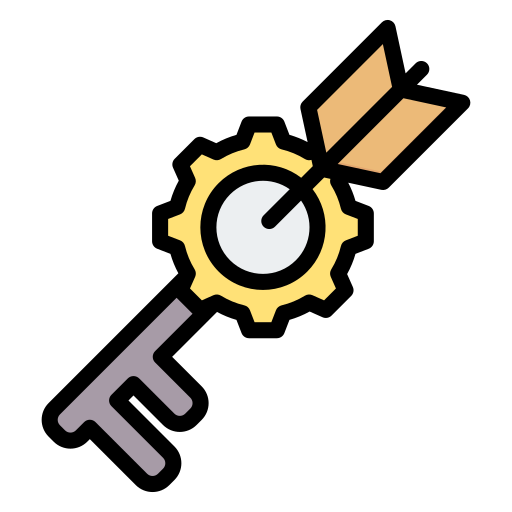
Key points
In this article, we’ll walk you through why agility at scale is key, how agile frameworks work, the benefits, challenges , and real-world examples of successful companies, including Spotify. Get ready to see how businesses stay agile, even at scale.
According to Gartner , SAFe, Scrum of Scrum and Spotify are the frameworks that have managed to meet more than 25% of business needs.
There are several possible cases of agility at scale
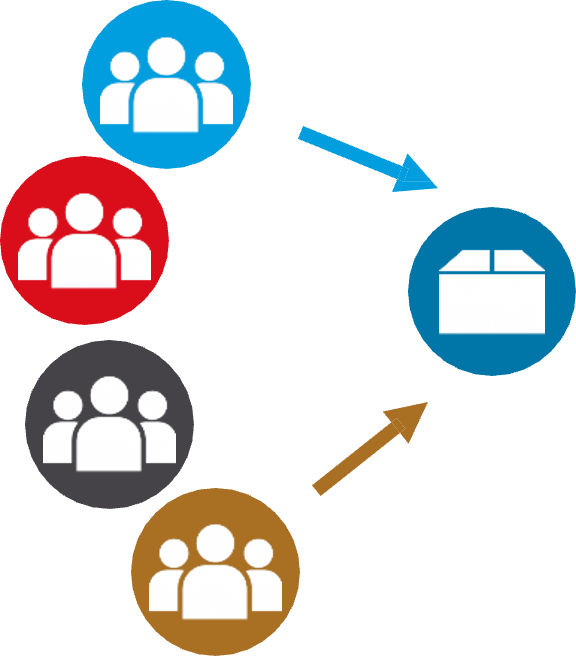
Multiple teams 1 product
Examples: Nexus, LeSS
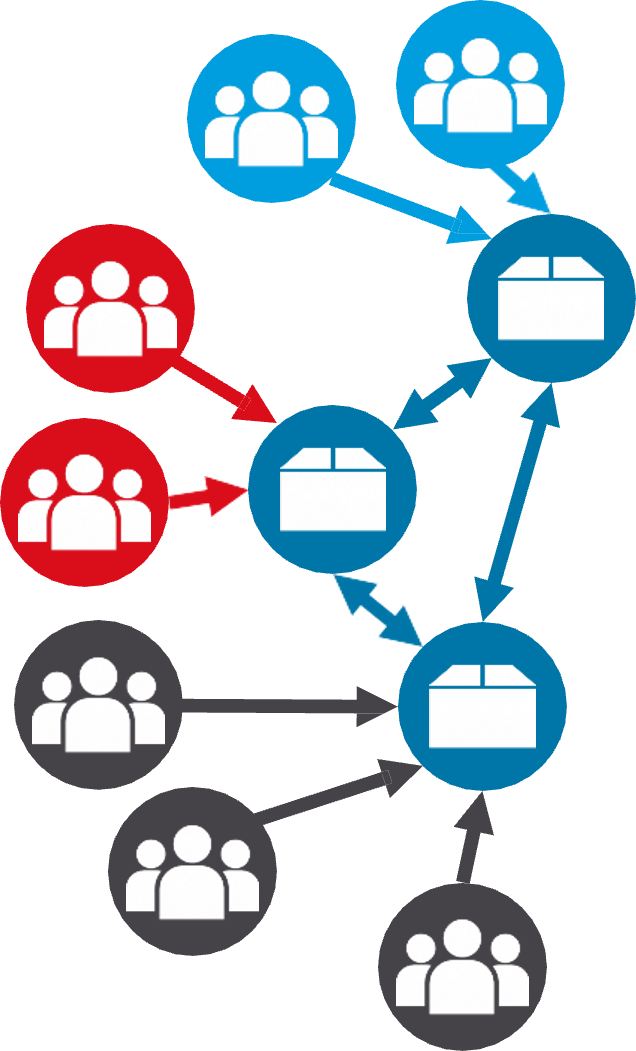
Multiple Teams Multiple Related Products
Examples: SAFe, Spotify
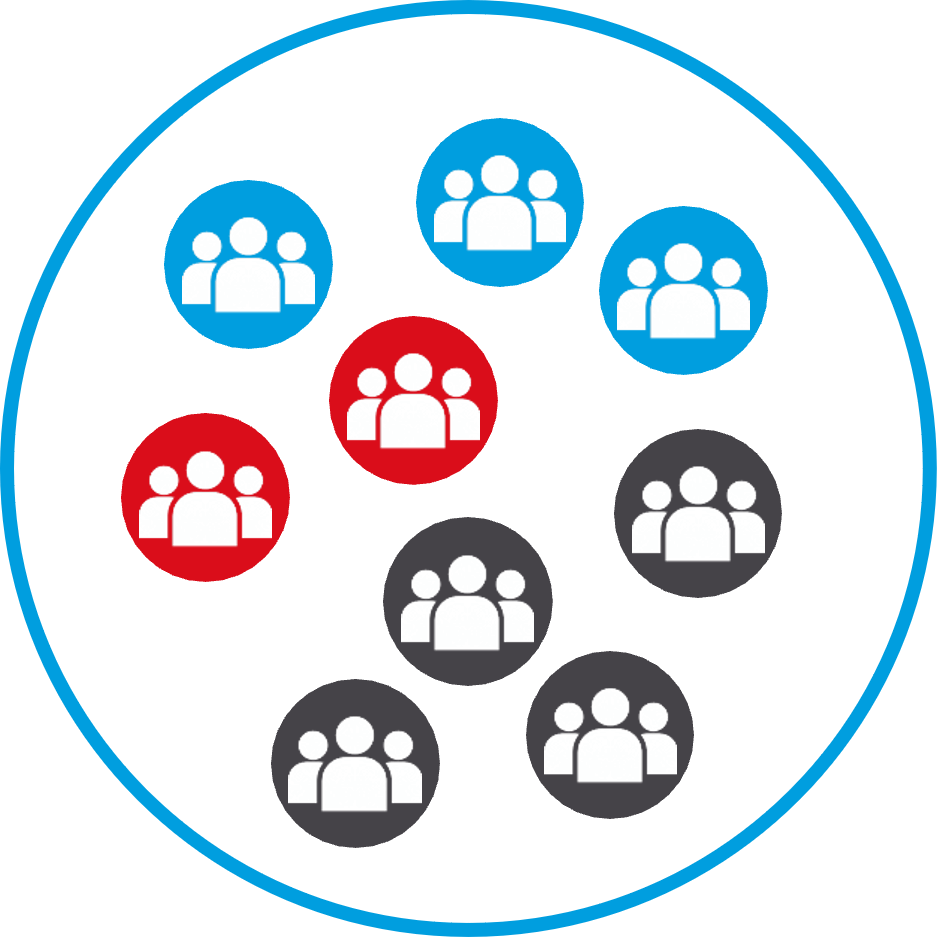
A department, division, or company

Key point
The need to scale stems from the growing demand for responsiveness, the complexity of projects, and the quest for greater efficiency. It requires companies to adopt agile frameworks to remain competitive in the modern marketplace.
The Benefits and Challenges of Adopting Agility at Scale
Benefits:
Better coordination: Agility at scale allows for effective coordination of activities across multiple teams, avoiding overlap and conflict.
Global vision : Agile frameworks provide a holistic view of projects, helping leaders track progress.
Increased transparency: Agility promotes transparency by sharing information about progress, barriers, and issues.
Faster delivery: Agile practices at scale accelerate the delivery of products or services, improving responsiveness.
Improved quality: Agile processes emphasize the quality of work, through early detection of problems and continuous testing.
Risk mitigation : By continuously planning and collaborating, businesses reduce the risk of deviations and errors.
Customer satisfaction: The adaptability of agility responds quickly to changing customer needs, improving satisfaction.
Culture of innovation: Agility encourages innovation and continuous improvement, stimulating creativity.
Better change management: It facilitates change management by promoting adaptability and responsiveness within the organization.
Challenges
Resistance to change: Teams or staff members can resist the change in culture and work practices induced by agility at scale.
Complexity of coordination : Coordinating multiple teams working on large projects can be complex, requiring effective communication mechanisms.
Need for training: Adopting agility at scale requires substantial training for teams and leaders to understand the new frameworks and practices.
Information overload: Increasing the number of meetings and interactions can lead to information overload for teams, which can be counterproductive if not managed properly.
Communication challenges : Effective communication between many teams is essential to avoid misunderstandings or gaps in communication.
Change in organizational structure: Adopting agility at scale may require changes in organizational structure, which can lead to resistance and challenges.
Over-sizing planning: Over-planning can go against the principle of agility, requiring finding the right balance between planning and adapting.
Technological complexity : Large-scale projects can involve complex systems and architectures, making it more technically difficult to implement agility.

Important!
By overcoming these challenges, businesses can harness the benefits of agility at scale, but it’s critical to recognize that it requires ongoing commitment and effort.
Study of the SAFe Framework

Context
The SAFe framework, the foundation of which was laid by Dean Leffingwell in 2011, is specifically designed for project organizations with multiple teams working on various products. It is suitable for organizations whose teams can vary in size, ranging from 50 to 125 members or more, and that operate at a high level of maturity, such as Level 4.
SAFe Levels
It defines multiple levels for organizing and managing agile activities at different levels of the business. Here is a description of the three main levels of SAFe: Portfolio, Program, and Team :
- Portfolio Level : This level focuses on vision, strategy, and investment management at the corporate level.
- Program level: At the program level, several teams work together to develop complex solutions, planning, coordinating, and executing their work.
- Team Level : Agile teams do the real-world development work, planning sprints, delivering features, and managing their own work.
These three tiers enable SAFe to adapt to large-scale agile project management within organizations.
SAFe Organization
Process SAFe
The Scaled Agile Framework (SAFe) relies on several key processes to coordinate and manage development at scale. The following is a description of the SAFe processes:
PI Planning (Program Increment Planning):
- PI Planning is a major event in SAFe that occurs at regular intervals, usually every 8 to 12 weeks.
- The goal is to coordinate and plan the work of the different teams within the Agile Release Train (ART) for a given period of time, called “Program Increment” (PI).
- During this event, teams define PI goals and objectives, plan features to be developed, identify dependencies, and establish a delivery plan.
Program Increment (PI):
- A PI is a period of time of about 8-12 weeks where teams work together to develop features or solutions.
- Each PI has a clear purpose, and at the end of each PI, a portion of the solution is ready to be delivered.
Innovation and Planning Sprint :
- It’s a particular sprint that takes place at the end of each PI and is dedicated to innovation, identifying technical issues, and planning for the next PI.
- Teams focus on improvement, retrospective, and preparing the backlog for the next PI.
Sprints :
- Sprints are short iterations of work, typically 2-4 weeks, where teams develop and deliver features.
- Sprints allow for iterative and incremental development, with sprint planning, reviews, and retrospectives at the end of each iteration.
These processes in SAFe aim to create strategic alignment and effectively coordinate the work of teams, while maintaining flexibility and adaptability to meet changing market needs. This enables large organizations to adopt agile practices while managing complex projects at scale
Spotify Case Study

Context
Spotify has embraced agility at scale due to its rapid growth and the need to effectively manage a large number of teams working on complex projects. By 2012, the company had more than 30 development teams and nearly 600 engineers working on its product. This rapid growth was accompanied by a significant increase in Spotify’s number of users and paying subscribers, highlighting the need to build an agility structure at scale to manage this complexity while maintaining a culture of innovation.
Organization at Sportify
From Idea to Product
Spotify has integrated the “Think it, Build it, Ship it, Tweak it” model to develop and improve its products in an agile and iterative way, ensuring constant responsiveness to user needs and market developments. This approach has contributed to Spotify’s enduring success.
The “Think it, Build it, Ship it, Tweak it” model is an iterative process of product or software development that takes place in four steps :
- Think it : This phase involves idea generation, product goal setting, and planning.
- Build it : After the brainstorming phase, teams move on to actually building the product.
- Ship it : Once built, the product is made available to users.
- Tweak it : After launch, continuous improvements are made based on user feedback and market needs.
This model fosters agility, adaptability, and continuous innovation, allowing the product to be constantly improved in response to user feedback and market changes
Choosing an Agility Framework at Scale
CULTURE, PRACTICES AND AGILE TRANSFORMATION
- Agile frameworks at scale are for both teams and the organization
- The more agile the organization, the less important it is to define processes, roles and practices
- While it is important to change the organization and its culture, there are different approaches: Top Down and Bottom Up
- “If Revolution comes from below, Transformation comes from above”
- Managers have the central role in the agile transformation of their organization
- Becoming Agile is the right balance between Chaos and Bureaucracy
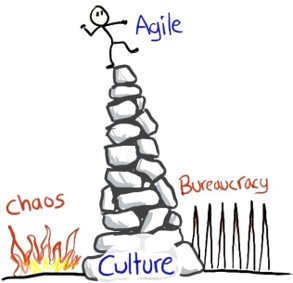
MANAGEMENT AGILE
To succeed in an agile transformation:
- You have to work with teams to make them more agile: rituals, design, testing, rhythm, collaboration and above all continuous improvement (bottom-up approach)
- You have to change the organization to change the culture
Managers have the central role in agile transformation and particularly in the following areas:
- Culture: Inspiring long-term culture change
- Organization: Breaking down silos
- Workflow Management: Getting Out of “Project Mode”
- Team development: “Leader as developper of people”
AGILE TRANSFORMATION AND CHOICE OF FRAMEWORK
We have 2 opposites:
- SAFe : Comprehensive framework with a top-down approach
- Spotify : which is not a framework but represents the successful culture change
The more historic and large the organization, the more complicated the culture change will be
- A start-up will have less trouble setting up a devops approach, a micro-services architecture that will support an agile organization and culture
The choice of the framework must be made according to many criteria: corporate culture, organizational silos, team maturity, company values, sponsorship, investment, etc.
POSSIBLE CHOICES:
1-Invest in a complete framework: Safe
Expensive and a strong top-down choice
2-Focus on corporate culture: Spotify
Not suitable for most organizations
3-Choose an “intermediate” framework: Nexus, Less
Remains limited on complex organizations or projects
4-Adapt the approach/framework to the organization
Requires management support and internalization of the approach (may be partial)
KEY TAKEAWAYS
OVERALL ORGANIZATION AND TEAM SIZE
The ideal team size is between 5 and 8 people
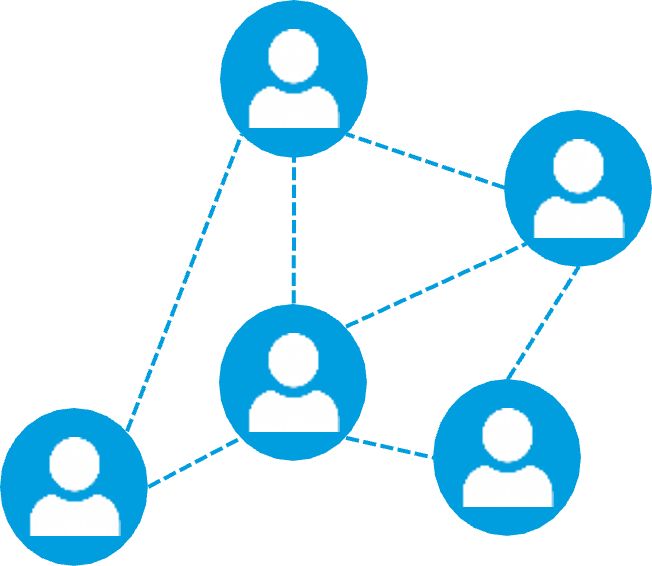
The maximum size of people working together is limited to 150 people co-located (Dunbar’s rule)
A dedicated Product Owner per team
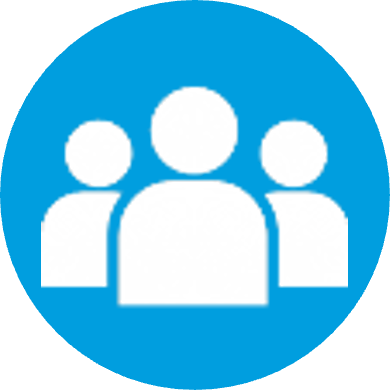
A Scrum Master can manage up to 3 self-managed teams
Teams are self-sustaining with little to no dependencies on other teams
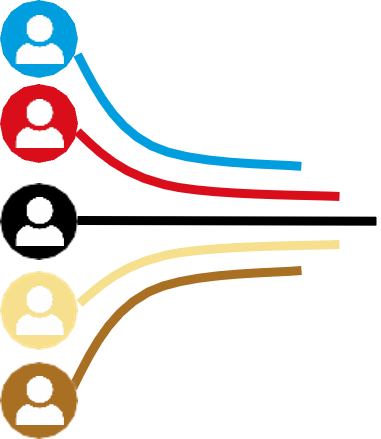
Possibility of having a cross-functional team helping other teams to be autonomous
BACKLOG & SYNCHRONIZATION
A Backlog by Product Owner
Possibility to have a Backlog of Features at the program level managed by a Global PO (or by domain)
Decouple the User Stories tier from Features.
Synchronization
Is done through additional rituals mainly at the ProductOwner and Scrum Master level.
A Global PO and a Global Scrum Master can arrange synchronization.
Dependencies
must be managed primarily by
Features.
RoadMap
Product Owners maintain a Roadmap or Management Plan together.
Release.
Two levels of planning possible at the Release (or Increment) level and at the Sprint level
CADENCE AND COORDINATION
Cadence
All teams are aligned on the same cadence (Ideally 2 weeks)
Release Management
If applicable, the global PO manages the associated Releases and Features
The Product Owners of each team manage
Sprints and associated US.
MANDATORY DEVOPS APPROACH
The product should be incremented globally every Sprints
Ideally be able to deliver by functionality or by component in a way
autonomous
Include PCHOs in the process
Possibility of having a cross-functional team on integration and global architecture issues.
Between 10 and 20% of developers’ time is spent on innovation (hack time)
Possibility of having a cross-functional team on integration and global architecture issues.
CADENCE AND CULTURE
Smart Budget = Lean Budget Management
Manage a workflow and stop the “start/stop” effect of projects
Define a transformation plan
Regularly review and improve the model
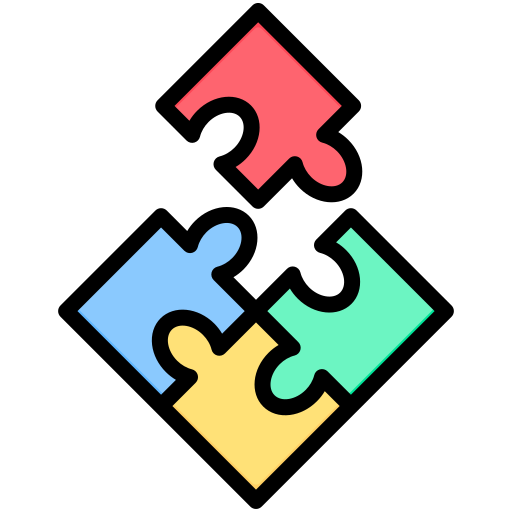


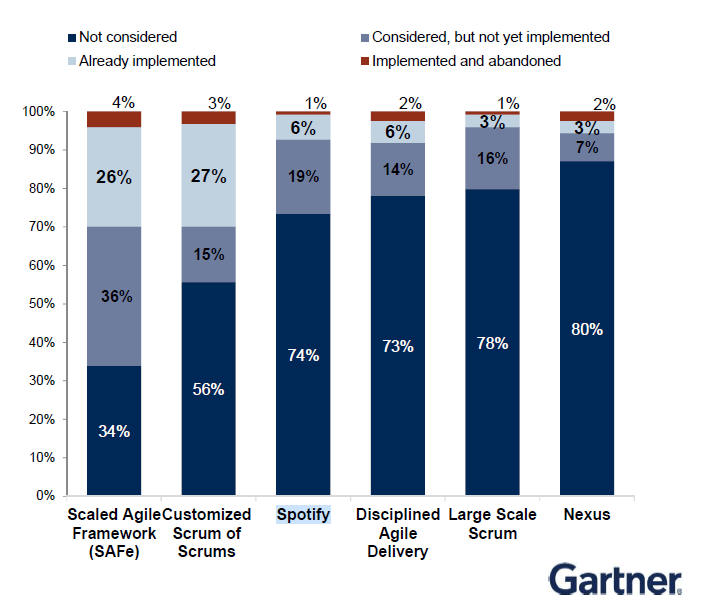
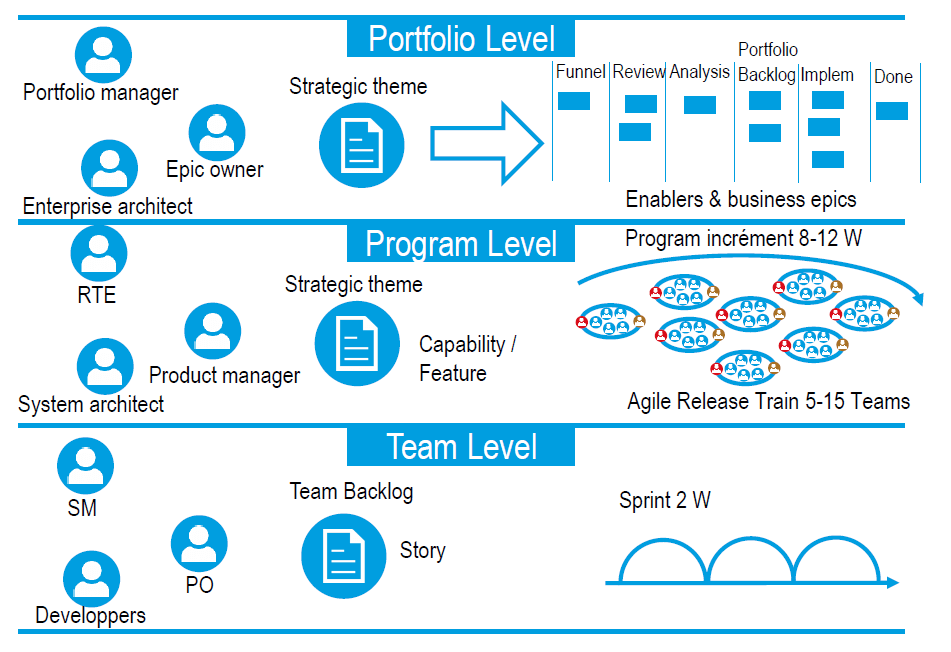
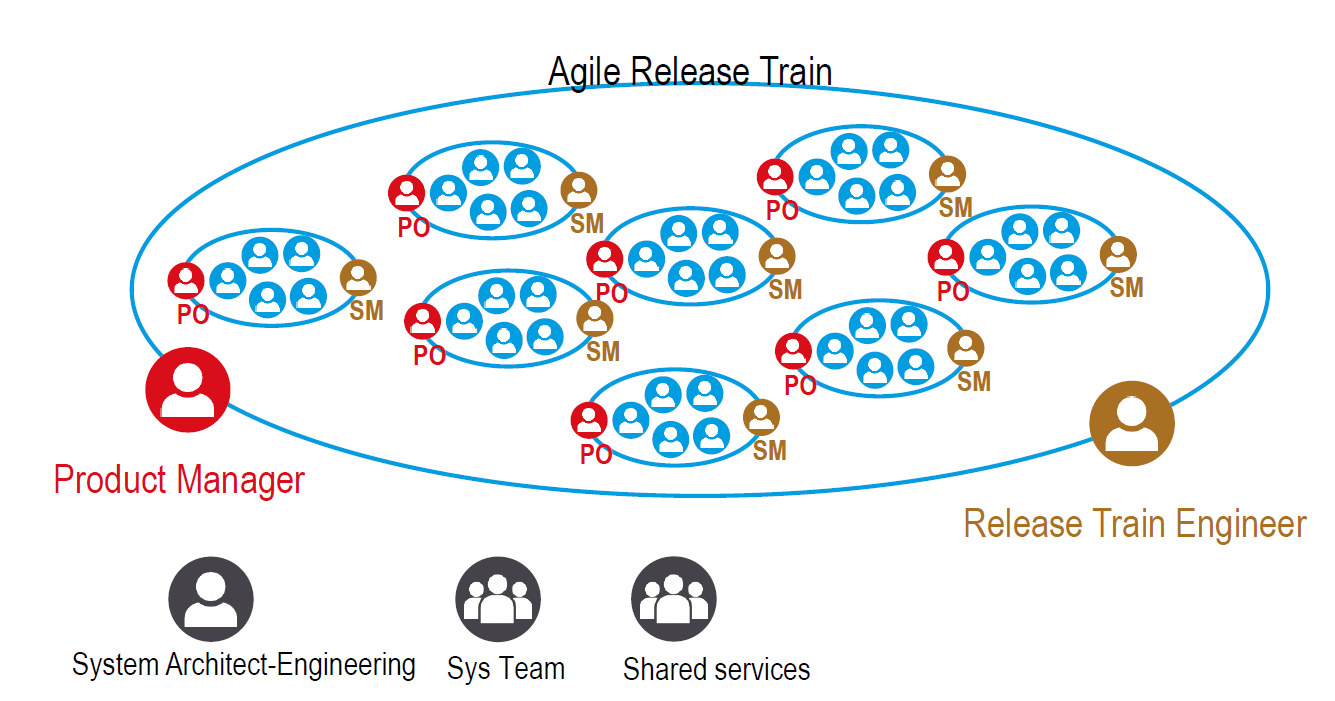
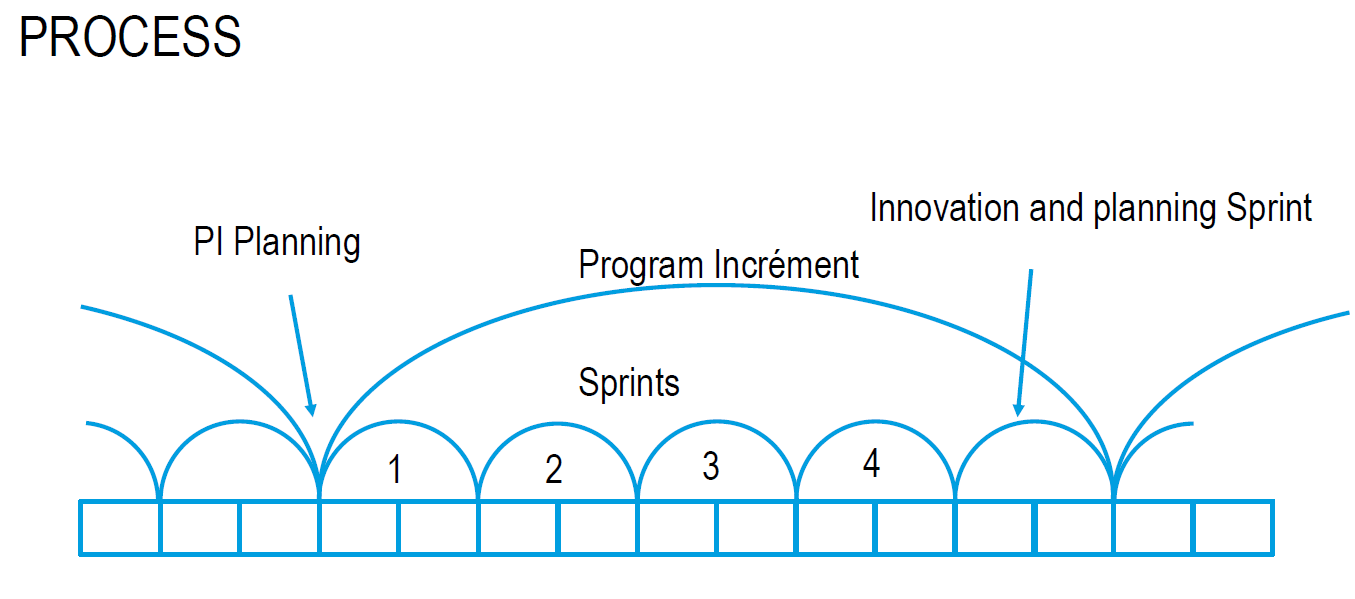

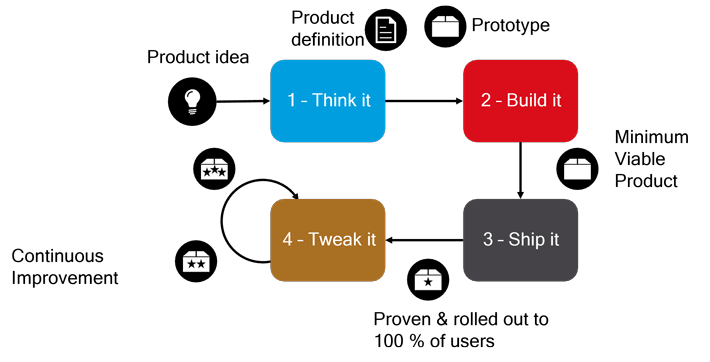

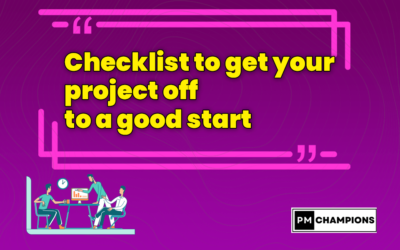
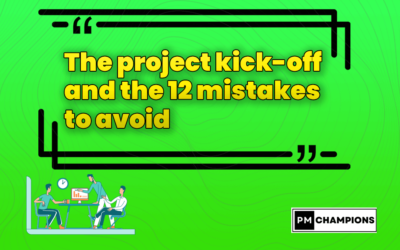
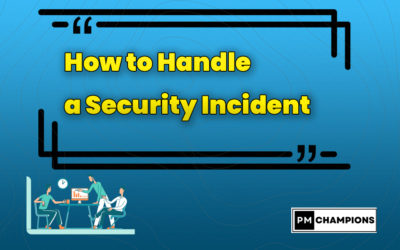
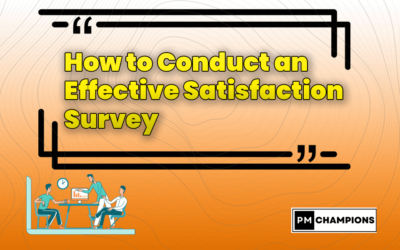
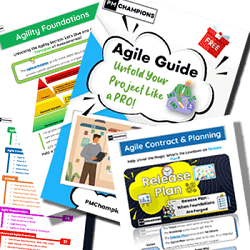
0 Comments